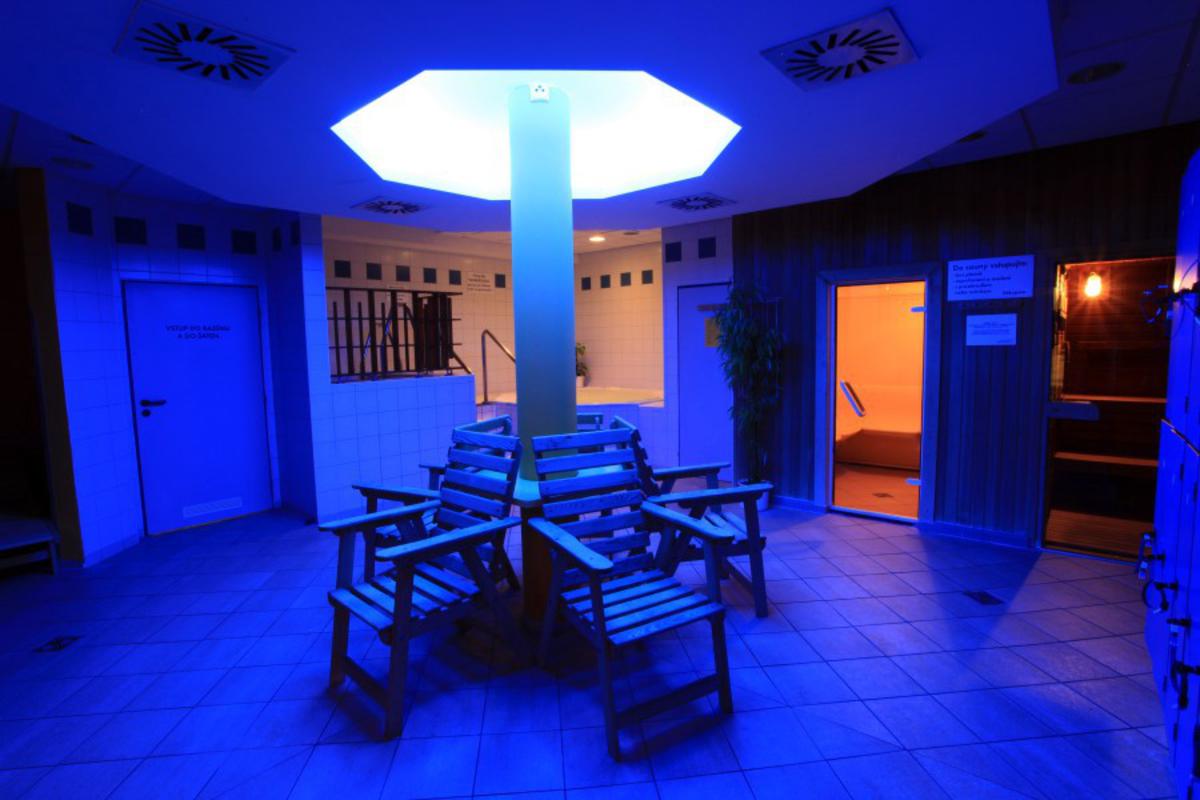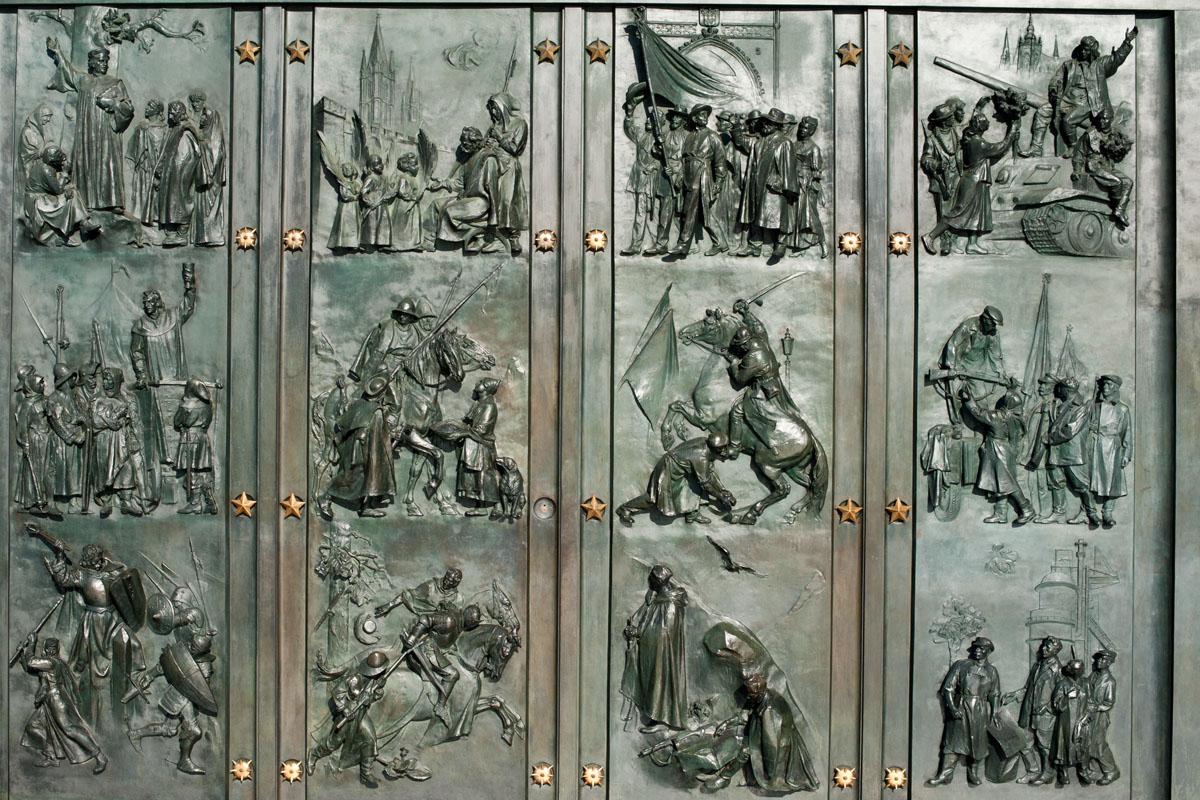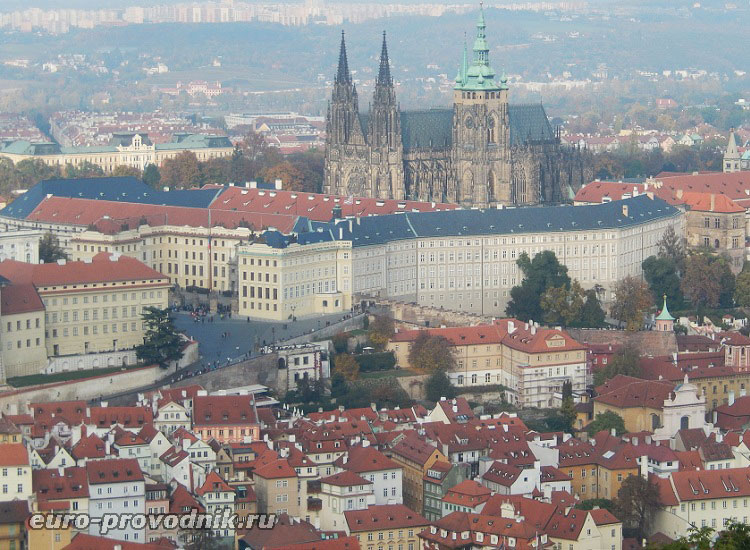Schedule of trains will be coniferous. Timetable for trains and trains Budogoshch - coniferous
The timetable of trains and trains Budogoshch - Khvoynaya currently includes long-distance trains - 1, trains (commuter trains, diesel engines) - 4. The first train leaves from the station Budogoshch at night at 01 hours 15 m and arrives at the terminal station at 04 h 49 m. The last train leaves from Budogoshch station at 17:30 and arrives at the destination in the evening. According to the schedule, the average travel time from the Budogoshch departure point to the Khvoynaya arrival point is 3 hours 7 meters: the fastest train travels 2 hours 26 meters, the slowest - travels 3 hours 38 meters.
Some trains from Budogoshch station to Khvoynaya station run on separate days (have a special schedule).
Trains following the route Budogoshch - Khvoynaya pass through such stations and settlements as: Taltsy-Mologsky, Terebutenets.
Schedule of trains and trains along the route Budogoshch - Coniferousshown here is regularly updated and summer and winter timetables are always available.
You can buy tickets for the Budogoshch - Khvoynaya train at the ticket office of the nearest station or online, and for the train - only at the ticket office of the station.
At the moment, in the schedule of trains and trains between the settlements of Budogoshch - Khvoynaya, 4 electric trains or electric trains are included, as well as 1 long-distance trains.
The first train No. 610А leaves at 1 hours and 15 minutes. and arrives in Khvoynaya about 4 hours 49 min. (in transit 3 h 34 min). The first train number 6002/6008/6010 goes from Budogoshch station at 10 a.m. 9 min. and arrives after 2 hours 26 minutes to the destination - Coniferous at 12 hours 35 minutes. .
The last train number 6958 is on the way 3 h 38 min. Departing from the Budogoshch station at 5.30 p.m. and arriving in Khvoynaya at 21 hours 8 min. .
Please note that in the online schedule for trains and trains Budogoshch - Khvoynaya there may be flights that are held on certain days of the week. When planning a trip, see the schedule for the desired date in advance. The data on the schedule of Russian Railways on our website is constantly updated, so our visitors receive relevant information. If you have any questions along the route Budogoshch - Khvoynaya Russian Railways - you can contact the nearest railway ticket office where the employees of the railway station will help and advise you. On the spot, you can also immediately buy a ticket in the right direction.
October 7th, 2016There used to be an alternative railway route from Petersburg to Moscow. The slow train dragged through the dense forests along the single-track for a whole day, stopping at each station. Now the Mologo-Savyolovsky passage passing through the Sonkovo \u200b\u200bstation has fallen into disrepair, but suburban trains in the form of a diesel locomotive with wagons still run along it, making it possible to examine these mysterious places with quiet forest stoppers. The most popular among travelers is "Savelovskaya Glukhoman" in the Tver Region, and in mid-June I went to a less well-known site to the Khvoinaya station, where you can get from Petersburg within one day.
I decided to go to the Novgorod forest regions for only one day, leaving a longer trip for the future. Having arrived at Khvoynaya during the day, and having examined the village in the evening, I went back to St. Petersburg already at night, a rare passenger train, Sonkovo \u200b\u200b- Petersburg.
On June 13, in the morning, having gathered quickly, I arrived at Moskovsky Train Station at about 12 o’clock, where the ET2M built in 2002 was already waiting for me. Somewhere on one of the platforms is the Nevsky Express, somewhere the Sapsans, and I have my own way - by train to the forest! (After all, the name of the village of Khvoynaya already hints at its main essence) For a start - three and a half hours by train to the village of Budogoshch at the border with the Novgorod region, where I was already in October 2014.
First, already familiar places - Obukhovo, Rybatskoe, then the city ends, and after 40 minutes the hub station Mga. And after it begins the one-track Budogoszcz direction, which I am already in the pictures taken on a foggy autumn morning. The farther from Peter, the thicker the forests become.
At the little junction Heat aboutwe make a 15-minute stop under the crossing (the line is single-track). I expected another train to meet us.
3. But first there was a cargo one - liquid bulk under a 2TE116 diesel locomotive in a coloring unusual for our places. Most likely, he is coming from the Kirishi oil refinery. And if so, it is strange that under a diesel locomotive.
4. And another ten minutes later the oncoming train Budogoshch - Petersburg came up.
5. Soon we crossed the intersection with the Chudovo-Volkhovstroy branch, then the bridge over the Volkhov, and then my train arrived at where the main part of the passengers left. I also visited this city in the fall of 2014, but since then they managed to build a new station here.
6. After Kirishi - another crossing, where again my train misses the oncoming one, and not vice versa. About 10 minutes on a schedule we stand at the station Pchevzha.
And finally at 15-56 we arrive at the Budogoshch station. Coming out of the carriage onto a high platform, I noticed that, even though the station was the final one, passengers also came to meet. The fact is that after 50 minutes the train will go back to St. Petersburg.
7. And a little further away, at a low platform, there is already a diesel commuter train that has just arrived from Khvoynoy, where it will also leave in 50 minutes. Thus, between the train from St. Petersburg and the “cuckoo” (as this kind of train is sometimes called), a kind of passenger exchange takes place from Khvoynaya, where it takes a little less than an hour to break.
Budogoshch is a classic docking station for electrification with diesel traction, located on the border of regions where electric trains from St. Petersburg come to a high platform, and the cuckoo goes from low to a forest diesel locomotive. The closest analogues are Oredezh and Kuznechnoe. I’m moving from the train to the train to Khvoynoy along with other passengers - in the cuckoo I noticed the same faces that I saw in the train. There are a lot of people, therefore, before taking a walk around the village, I decide to leave a backpack in the car to take a seat.
8. This is how the station square looks like in Budogoshchi. In the frame you can see the train on which I arrived.
As already mentioned, I was in this village in the golden autumn of 2014. Then I spent here half a day waiting for the train to Tikhvin, and this time I limited myself to a half-hour walk along the streets adjacent to the station.
9. And as cozy and quiet as two years ago.
11. Before returning to the station, I went to Magnit to purchase the missing part of the provisions. And when he arrived, a diesel locomotive was already hitched to the train in the right direction. DM62 and three sit-down cars, of which for some reason only two operated, and the tail was closed all the way and drove empty. At the same time, there are many passengers, at first several people even rode while standing.
12. And the surrounding railway world, I now again see through the window of the train. At 16-50 the train gave a beep and slowly rolled. On the next path is a timber carrier, and on top are the last meters of the contact network. Diesel traction begins and the Novgorod region!
A deaf man dives deep into the forest along which a single train runs once a week, and my train picks up speed, leaving the borders of the Leningrad Region.
13. The village has ended, a forest is growing around. Peering two years ago at the railroad leaving in this direction, I imagined something mysterious around the turn of the rails, beyond which I did not look, and thought about how one day I would go there. Now it is done. It would seem that there is nothing unexpected there - forest, rails, diesel locomotives, but it’s interesting after all!
14. The places here are picturesque and quite deaf. A single-track railway runs almost along a forest corridor, where branches almost scrape along the wagon. The forest is replaced by riding bogs, then again the marshes - by the forest.
15. And sometimes there are stops on such stop stations, where the role of apron is played by moving on some kind of primer. In fact, such diesel trains have become truly one of the symbols of the Russian hinterland.
17. The village of Vodogon:
The railway on which I am traveling, or rather, the section from Mgi to the Ovinishche station in the Tver Region, was built in the first years after the revolution, - the movement opened here in 1923, directly connecting Peter with Savelovsky, which had already been built by then in several stages running from Moscow. And the unofficial name “Mologsky Hod” was established behind this line, which arose from the Mologa River, the main waterway of the forest land at the junction of Novgorod, Tver and Vologda regions. The railway intersects with it in the city of Pestovo.
18. The train rushes further and further at a rather high speed, welcoming the forests and swamps with the long beep of a locomotive.
19. Station Hottsa:
20. And after a few more kilometers a rather large village appeared outside the window. In some buildings along the tracks, old railway houses are guessed.
This is the town of Nebolchi, with a population of 2,000 inhabitants, where I was already in the winter during a trip on a slow train along the deaf, connecting the Mologsky passage with the Petersburg-Moscow highway. Thus, I already managed to see a short section of the Mologa pass before a trip to Khvoynaya.
21. I see the Nebolchi station for the second time, but now in summer form. Here, perhaps, the most beautiful station on this line is a wooden, still pre-revolutionary project. Almost half of the passengers left here.
Nebolchi is a rather lively village. Although it is not a district center (it is), it has a well-developed industry: in addition to a timber mill and two timber industry enterprises, there is a mining and processing plant built in 2011 to extract quartz sand.
22. Well, and, of course, the local railway junction. The branch on Okulovka dodges into the forest and looks like an access road to some plant.
23. And we go further and further. Although the direction is not northern, the places here beyond the Nebolchi are even more dense, and some landscapes resemble Karelia and the Vologda Oblast. These are the districts of Novgorod region, the most remote from the regional center.
25. Some stops here look like this. The sound of the wheels trails off for a minute, and silence reigns outside the carriage window with the noise of the centuries-old birch leaves rustling in the wind and the birds singing.
26. And in places near the tracks you can see such buildings. Most likely, Putin’s houses, but they look like hunting huts.
27. At each stop, a train drops off someone. Gradually, closer to the terminal station, the cars are empty.
28. Wilderness villages in which this railway is almost the only road in general. In addition to it, only primers lead to many of the local villages, which, probably, become impassable during rains.
29. Behind Nebolchi and Terebutenets, and this is the station of Cyprus. Local names sound like music. The wooden station here, apparently, also from the time of the construction of the road.
30. Cyprus Village:
31. And a small monument to the Heroes of War near the station:
32. And again the forest:
33. The village of Antsiferovo:
34. And the station Antsiferovo-Mologskoe. Although the name is very long, but one of my favorites in these parts. Sounds really nice.
Unfortunately, one cannot fail to say that passenger traffic on this railway has greatly thinned in recent years. The only long-distance train Petersburg - Sonkovo \u200b\u200bnow runs here only once a week, and two pairs of the suburban Budogoshch - Khvoynaya were daily not too long ago, and now one pair runs three times a week, and the other only two. From Khvoynoy to Pestovo, alas, the suburban service is completely canceled.
36. Sominka exit, standing in a pine forest:
37. Here, when there were already quite a few passengers in the car, there was a certain special atmosphere when you wanted to doze off, sometimes glancing at the wilderness floating outside the window. Evening is coming, and I’ll go back through these places tonight.
38. For half a minute from the railway you can see Lake Rakitinskoe:
39. And this is the Rakitino station, named after the village 6 kilometers from here. Located in the village of Lesnoy.
For which, by the way, I especially love commuter trains from locomotives with wagons - titanium is heated in them, which means there is boiling water, as in long-distance trains. I replenish the supplies of boiling water in a thermos for the upcoming walk along the Coniferous. Unusual for a local train.
41. Last stop - the village of Pes, named after the river of the same name:
42. At the station Pes - a cozy view of the wooden station among the pines. Despite the lack of activity of this branch, all the stations here are clean and tidy.
After Pesya, the local highway Khvoinaya - Antsiferovo - Lyubytino, which is next to it and is visible from the train window, comes close to the piece of iron.
43. And finally, according to the schedule, at 19-54, - the terminal station Khvoynaya. The few remaining passengers disperse, and the locomotive is disconnected from the train. Soon, a shunter would arrive and take the cars on the sludge path at the far end of the station. And I have to spend the rest of the evening and even the beginning of the night in Khvoynoy, and then return to St. Petersburg in the seated carriage of the night train Sonkovo \u200b\u200b- Petersburg.
44. Coniferous is also a very neat and tidy station, although trains do not even run here every day. The station, lined with yellow siding, is apparently also built in the 1920s. In the waiting room there was a small exhibition of children's drawings from a local school on the theme of a native village.
But what kind of village it is, we will find out in the next part.




